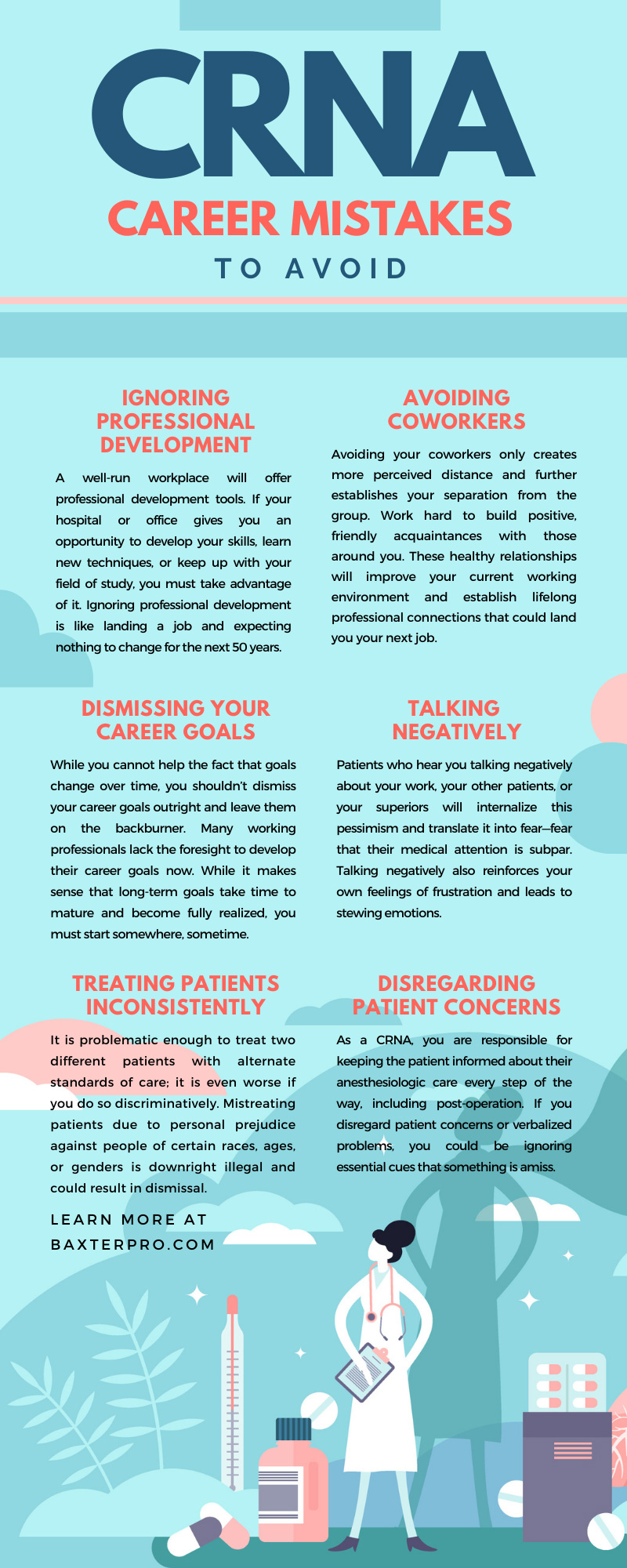Chiropractors help people live better and more comfortable lives every day, but etiquette and bedside manner are also critical for a chiropractor’s success. Ahead, we’ll go over the etiquette every chiropractor should follow, from pre-treatment to post-treatment.
Chiropractor Etiquette—Pre-Treatment
The time you spend with a patient in the pre-treatment phase is crucial to building a rapport and establishing your credibility. This can determine how well the treatment will proceed and how effective it’ll be, as well as how confident the patient is moving forward. With the right information, you can avoid the common mistakes new chiropractors make.
Before treatment, keep the following tips and guidelines in mind.
Don’t Keep Them Waiting
Remember that your patient’s time is just as important as yours. We understand that you want to be as thorough and attentive as possible with every patient, but the most common complaint patients have against doctors is wait time.
Communication and treatment always come first, but you’ll attract patients and retain them the more punctual you are with their appointments.
Have Them Lead the Communication
Communication is difficult for some patients, and it often falls on the chiropractor to open up clear lines of communication and coax information out of the patient. Remember that patients aren’t as familiar with treatment options or even ailments, so they may struggle to describe their pain or problem accurately.
Lead them along with questions so they’re the ones driving the conversation. Make sure you’re listening actively—patients will be able to tell if you aren’t.
Show Confidence and Authority
As a chiropractor, you have lots of education and training behind your treatment, but a patient may not immediately be confident in your skills. Before treatment begins, demonstrate your expertise to establish an authority on the subject and ease the patient’s mind.
When you talk to the patient, be clear and precise about why they may be feeling pain and discuss the treatment options to consider. Patients want to be heard, but they also need to know they’re in good hands.
Sympathize and Listen
When the patient describes their pain or ailments, focus on and listen to what they’re saying and how they’re saying it. Don’t interrupt them or look distracted as you take notes.
Sympathize with their pain and show the patient that you understand them. Above all else, patients want to feel that there is someone else who understands what they’re going through and knows how to fix it. Empathizing helps make the patient more comfortable opening up and communicating with you. Ignoring bedside manner is one of the mistakes new chiropractors make, but it will cost you clients in the long run.
Empower the Patient
When patients enter your office, they’re probably a little frightened and feel powerless to fix whatever is ailing them. You can put their minds at ease by empowering them with knowledge.
After discussing their problem, walk them through the possible reason for their ailments and pain so that they can better understand their body. Explain the steps to the treatment and thoroughly explain their options in layman’s terms.
People feel better when they know what they’re facing. Help make them feel like a partner in their treatment instead of a passenger to your expertise.
Chiropractor Etiquette During Treatment
You’ve sat and talked with the patient and come up with a treatment, either for that day or for a future appointment—now, it’s time for the actual treatment. Improve your bedside manner and relationship with your patient by following these tips.
Keep Communication Open
While the patient is undergoing treatment, you want to continue to build upon the communication and rapport you created in the pre-treatment session. Walk the patient through what you’ll be doing, why this treatment is best, and what they can expect during and after the treatment.
Ask for feedback from the patient as the treatment moves along, gauging their comfort and pain levels regularly. As you use specific techniques, explain them to the patient and ensure that they approve of them. If the patient doesn’t approve, have alternative approaches ready.
Also, it’s good to have some usual chitchat during the procedure. It helps put the patient’s mind at ease if you look and sound confident in what you’re doing and can help distract them from any pain or nerves they may have.
Know When To Listen
Avoid talking over or interrupting the patient—communication is a two-way street between the professional and the patient.
The patient will probably feel a little overwhelmed with all the information you’re giving them, but let that settle over them and get them talking about themselves to make them feel more comfortable.
Warn the Patient About Side Effects
Always make sure the patient feels informed about the treatment and possible side effects. This way, you can help avoid negligence or malpractice claims.
Chiropractic professional liability insurance protects you against such claims, but it’s best to head off any problems before they begin. Ensure that your patient understands all the details and consequences of treatment—both positive and negative.
Chiropractor Etiquette—Post-Procedure
The procedure is over, but the treatment isn’t. The time immediately following the initial treatment is still crucial to the patient. Remember, it’s not enough for the patient to be pain-free at the time—a thorough treatment plan will help outline their future.
Communicate Treatment Plans
Now that the procedure is over, solicit feedback from the patient about how they’re feeling physically and mentally. If their ailment requires future treatment, explain to them why you’d like to see them again.
Also, give them treatment options if applicable—patients want to feel like they have some control over their care.
Refer the Patient if Needed
Sometimes, patients see a chiropractor because they don’t have any other ideas for what to do. Unfortunately, a chiropractor may not be the best option for every patient, so don’t be afraid to refer them to another medical professional or even another chiropractor.
Some young chiropractors don’t want to admit they can’t help, but everyone has limitations. The patient’s well-being always comes first, so if you think another chiropractor or a different medical professional can help them, you should tell them that.
Give Them Something To Take Home
Whether or not you’re planning on seeing the patient again for further treatment, it’s always helpful to send them home with something. Give them some exercises, stretches, and health tips that could improve their quality of life.
It shows the patient that you have their best interests at heart and want them to feel better soon. If you don’t have a future appointment scheduled, check on them days or weeks after the treatment. Your patients will appreciate the thought and care you put into following up with them. Ideally, they will give your practice a positive review or testimonial, which can help you grow your chiropractic practice.
Soft-tissue therapy and spinal manipulations are only part of the job of a chiropractor. Along with treatment, there is etiquette that every chiropractor should follow, but what’s most important is making the patient feel heard and important.
At Baxter & Associates, we want your practice to thrive. Make sure it’s covered for any eventuality with the best chiropractic malpractice insurance. Contact us today for more information.









